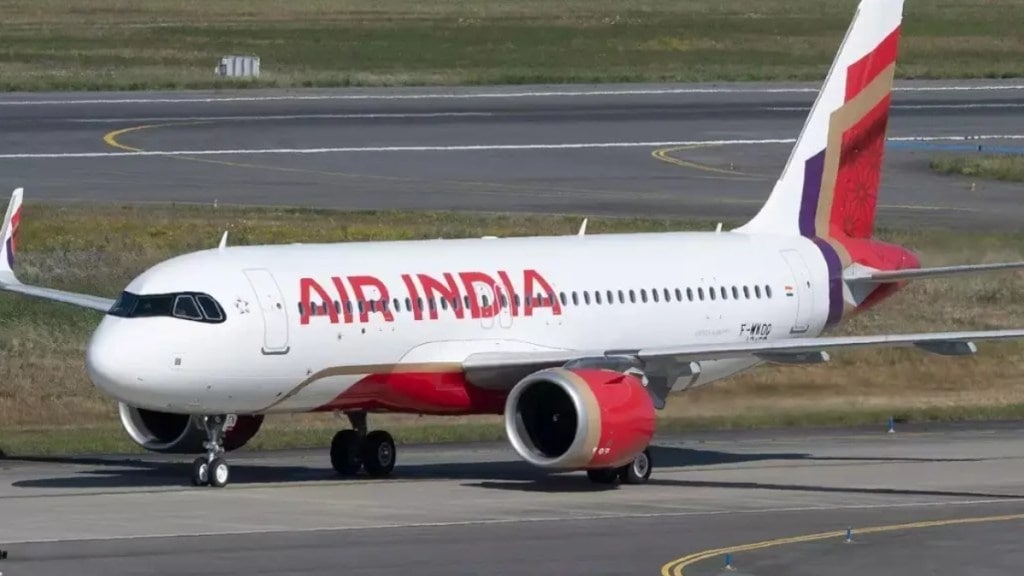A day after Air India’s London-bound Boeing 787-8 Dreamliner crashed shortly after takeoff from Ahmedabad airport, killing 241 of the 242 on board, aviation regulator ordered a safety inspection of the airline’s Dreamliner fleet. The Directorate General of Civil Aviation (DGCA) said it would implement immediate checks across all 33 Boeing 787-8 and 787-9 aircraft operated by Air India, including key systems and take-off parameters.
Meanwhile, Tata Sons chairman N Chandrasekaran said on Friday that the group “will not retreat from its responsibilities” even as it grapples with “one of the darkest days in Tata Group’s history”. In an internal communication to employees, he said, “This is a very difficult moment. What occurred yesterday (on Thursday) was inexplicable, and we are in shock and mourning. To lose so many lives at once is incomprehensible”.
The internal note came as the search team recovered one of the aircraft’s two black boxes on Friday, a breakthrough that is expected to shed light on what went wrong during what was to have been a routine flight. Investigators said the retrieved unit could either be the flight data recorder or cockpit voice recorder. It has been handed over to the Aircraft Accident Investigation Bureau (AAIB), which is leading the probe with support from the US National Transportation Safety Board (NTSB), Boeing, and engine maker GE Aerospace.
“We want to understand what happened. We don’t know right now, but we will,” Chandrasekaran said. “Why this routine flight turned into a calamity is something trained investigators will help us understand when their work is complete. Once we have verified facts, we will be transparent in our communication.”
In the meantime, the DGCA’s order mandates rigorous inspection of multiple critical systems on all Dreamliners, including the electronic engine control unit, fuel system, hydraulic lines, cabin air compressor, and oil system. Transit inspections will now include flight control checks. Operators have been told to submit reports of any repetitive snags in the last fortnight and carry out power assurance tests within two weeks.
Aviation experts said while black box data will provide answers, key questions already loom large. “Aircraft was good, weather and visibility were suitable, the pilot had more than 8,000 flying hours. Something drastic clearly happened,” said Jitender Bhargava, former executive director of Air India.
Another expert familiar with air traffic control procedures said, “there was no distress signal, no indication from air traffic control (ATC) that something was amiss. There’s usually time for a go-around, but here the crash occurred before any call for help. That’s extremely unusual”.
GE Aerospace, whose GEnx engines powered the aircraft, has activated its emergency response team. “We are prepared to support our customer and the investigation,” a GE spokesperson said.
The day also saw Prime Minister Narendra Modi chairing a review meeting in Ahmedabad, where all aspects of the tragedy were discussed. Murlidhar Mohol, minister of state for civil aviation, said the government was leaving no stone unturned.
Air India has launched assistance centres at four airports, Ahmedabad, Delhi, Mumbai, and Gatwick, to support families of victims. Two relief flights were also deployed to bring next of kin to the crash site. Air India and Air India Express have also changed their profile pictures to a black icon across their social media platforms on Thursday, hours after the crash of the ill-fated flight. Their websites too went black and white.

